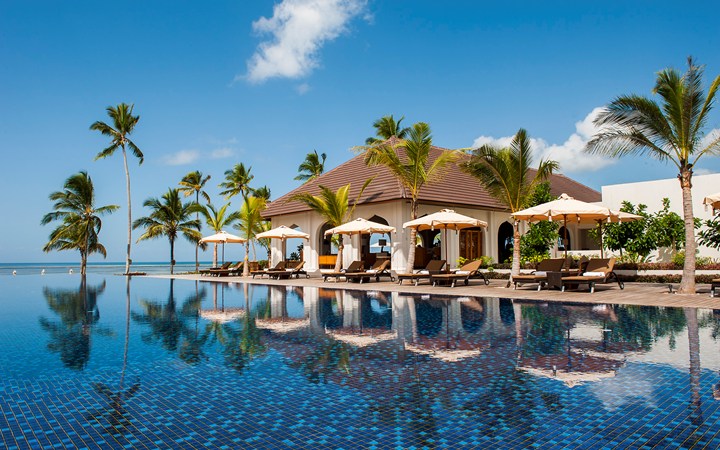Pemba Island
For much of its history, Pemba has been overshadowed by Zanzibar, its larger and more politically powerful neighbor. Although the islands are only separated by 30 km of water, this island is rarely visited. For those who do visit, however, they are seldom disappointed.
Pemba's landscape is hilly, fertile, and heavily vegetated. In fact, for many years, the Arabs referred to Pemba as "Jazira al Khuda" meaning the Green Island.
Zanzibar Island
Zanzibar island, known as Unguja, is approximately 95 km long and located 35km from the Tanzania mainland. Few countries in the world can equal Zanzibar's long white sand beaches leading to warm aquamarine waters providing the backdrop for excellent diving and snorkeling. With a history steeped in the slave trade and as an important trading post for cloves and spices the island is now a popular tourist destination and essentially a nineteenth century phenomenon.
Zanzibar's old quarter, Stone Town, is a fascinating maze of narrow streets and alleyways which lead past numerous old houses and mosques, ornate palaces, and shops and bazaars. Many buildings in the Stone Town date from the 15th-century slave boom. A feature of many houses in Stone Town is brass-studded doors and elaborately carved frames. The size of a door and intricacy of its design was an indication of its owners wealth and status. The use of studs probably originated in Persia or India where they helped prevent doors being knocked down by war elephants. Zanzibar studs were purely decorative. The area outside of Stone Town used to be called N’gambo and is now called Michenzani.


